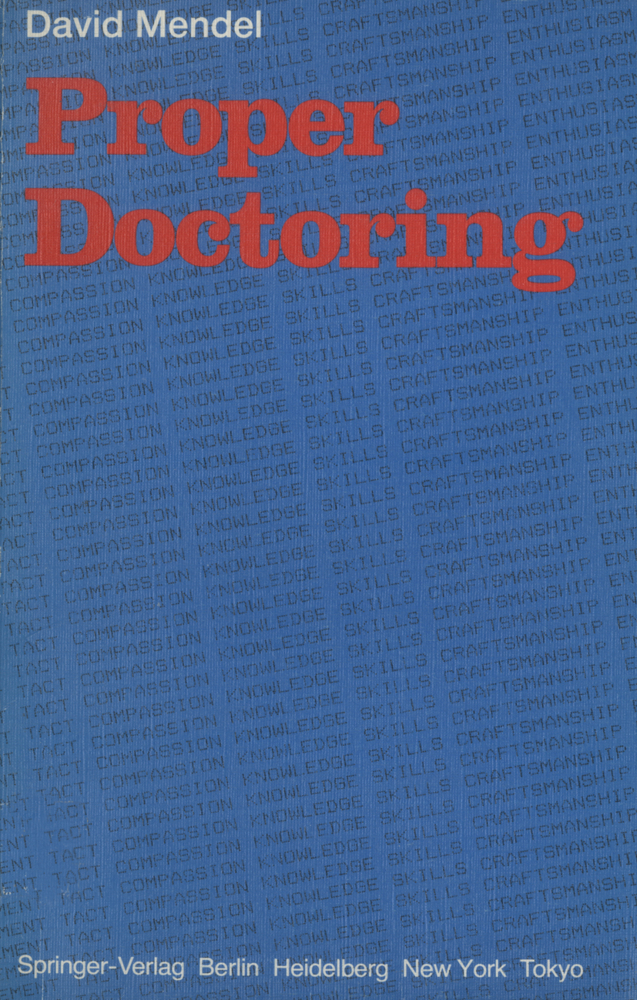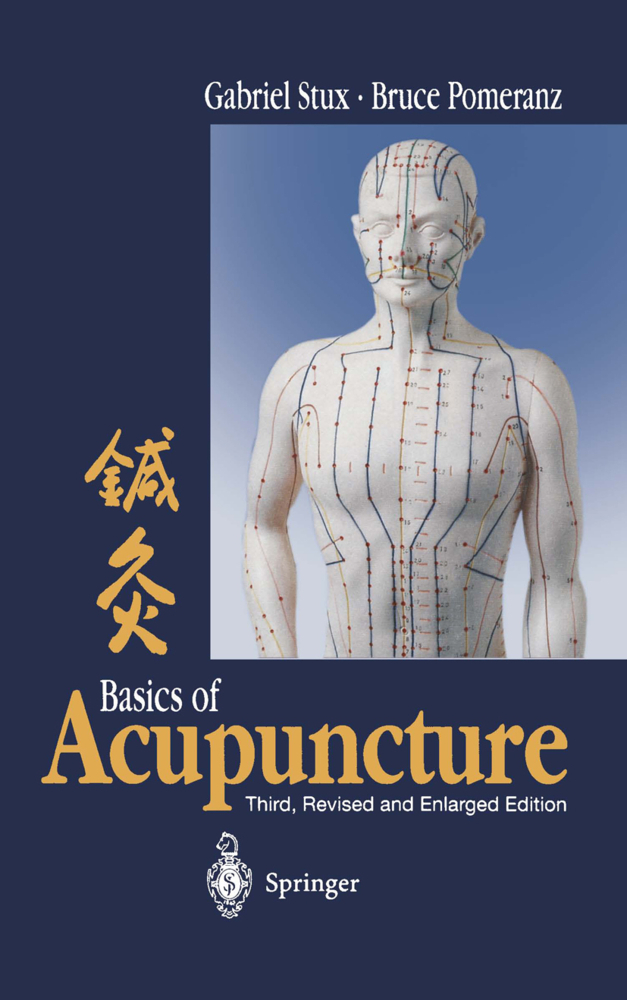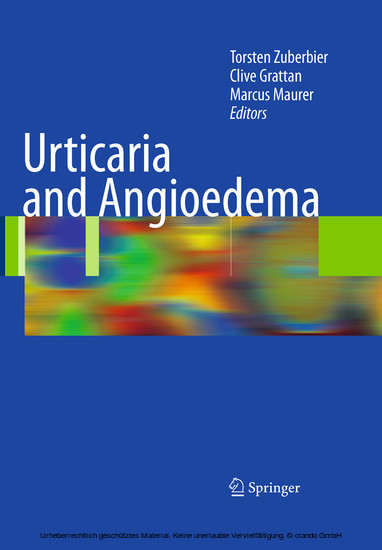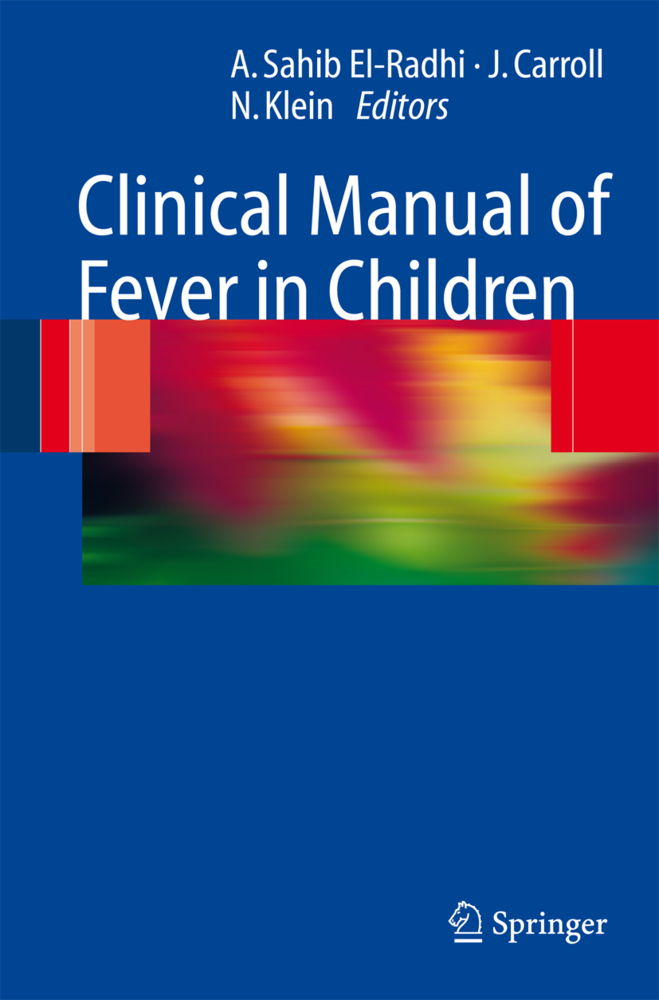Proper Doctoring
Proper Doctoring
There are many textbooks which give detailed descriptions of the causes, clinical features and treatment of disease. There are a number of books devoted to clinical methodo logy which tell the student the questions which he must ask and describe the physical signs that he should seek. The authors of these books rarely devote more than a page or two to a job description and advice on how to acquire clinical skills. Although a sound knowledge of the facts is essential, a good doctor differs from a bad doctor more by his attitude and craftsmanship than by his knowledge. These important matters receive scant attention in the textbooks because the authors regard them as part of the spoken tradition which is taught at the bedside or in the clinics and is absorbed by watching clinicians while they are dealing with patients. The image of the doctor who greets patients with his pen poised over a prescription pad, and the calls for holistic medicine, imply that a number of students do not pick up the relevant attitudes and skills on the way. That this feeling is shared by the profession itself is suggested by the forma tion of a society to promote the treatment of the whole patient, and another for the promotion of humanism in cardiology. Good doctors have been treating the whole patient humanely since the profession was founded, and I find it shocking that it is thought that such societies are necessary.
Polishing your Performance
Craftsmanship
Patient Handling, or Why Medicine Is Not Mechanics
The Doctor-Patient Relationship from the Doctor's End
Doctors and the Media
Too Clever by Half
The Need for Role-Playing in Medicine
Rehearsing your Role
Type-cast by Nature
Playing your Role
Looking the Part
Confidentiality
2 Taking the History
Before Calling the Patient In
The Patient's Stance
The Doctor's Stance
Meeting the Patient
Taking the History: Why and How
The Patient's Story
How To Ask Questions
Getting the Answers
How Am I Doing?
Diagnosis
'Difficult' Patients
Children
Third Parties
Confidentiality
Writing Up the History
Past History, Family History and Social History
3 Examination of the Patient
Preparing for the Examination: Putting the Patient at Ease
The Doctor's Stance During the Examination
Getting the Hang of Physical Signs
The Actual Examination
Evaluating the Physical Signs
4 In the Ward
The Effect of Ward Life on the PatientTalking to Patients
Decision-Making at the Bedside
The Megaround
Dodging the Column
Changing the Medication
Discharge from Hospital
Ward Notes
5 Investigation
Factors Influencing the Ordering of Tests
Is the Test Worth While?
Telling the Patient About Tests
The Actual Investigation
When Things Go Wrong
The Patient Who Refuses To Have a Test Done
The Interpretation of Tests
Telling the Patient About the Results of the Tests
Filing of Results
6 On the Art of Diagnosis
The Logical Basis of Diagnosis
Pattern Recognition
The Physiological Approach; Goodness of Fit: The Basis of Pattern Recognition
The Importance of 'Mechanisms'
Attitude to Information;Incommensurable Values
Making the Diagnosis
7 Advice and Explanation
Deciding What Advice To Give
The Consultation
Building Up the Doctor-Patient Relationship
How Much To Tell the Patient; Explanation
Reassurance; Helping the Patient to Adjust to the Facts
If the Patient Rejects your Advice
Drugs
Fatal Diseases and Death
8 Attitude to Colleagues
Hearsay Second Opinions
Colleagues as Patients
Relations with Non medical Colleagues
Envoi
The Response to Change
Unchanging Aspects.
1 The Job Description
The Importance of Common-sensePolishing your Performance
Craftsmanship
Patient Handling, or Why Medicine Is Not Mechanics
The Doctor-Patient Relationship from the Doctor's End
Doctors and the Media
Too Clever by Half
The Need for Role-Playing in Medicine
Rehearsing your Role
Type-cast by Nature
Playing your Role
Looking the Part
Confidentiality
2 Taking the History
Before Calling the Patient In
The Patient's Stance
The Doctor's Stance
Meeting the Patient
Taking the History: Why and How
The Patient's Story
How To Ask Questions
Getting the Answers
How Am I Doing?
Diagnosis
'Difficult' Patients
Children
Third Parties
Confidentiality
Writing Up the History
Past History, Family History and Social History
3 Examination of the Patient
Preparing for the Examination: Putting the Patient at Ease
The Doctor's Stance During the Examination
Getting the Hang of Physical Signs
The Actual Examination
Evaluating the Physical Signs
4 In the Ward
The Effect of Ward Life on the PatientTalking to Patients
Decision-Making at the Bedside
The Megaround
Dodging the Column
Changing the Medication
Discharge from Hospital
Ward Notes
5 Investigation
Factors Influencing the Ordering of Tests
Is the Test Worth While?
Telling the Patient About Tests
The Actual Investigation
When Things Go Wrong
The Patient Who Refuses To Have a Test Done
The Interpretation of Tests
Telling the Patient About the Results of the Tests
Filing of Results
6 On the Art of Diagnosis
The Logical Basis of Diagnosis
Pattern Recognition
The Physiological Approach; Goodness of Fit: The Basis of Pattern Recognition
The Importance of 'Mechanisms'
Attitude to Information;Incommensurable Values
Making the Diagnosis
7 Advice and Explanation
Deciding What Advice To Give
The Consultation
Building Up the Doctor-Patient Relationship
How Much To Tell the Patient; Explanation
Reassurance; Helping the Patient to Adjust to the Facts
If the Patient Rejects your Advice
Drugs
Fatal Diseases and Death
8 Attitude to Colleagues
Hearsay Second Opinions
Colleagues as Patients
Relations with Non medical Colleagues
Envoi
The Response to Change
Unchanging Aspects.
Mendel, D.
| ISBN | 978-3-540-13686-6 |
|---|---|
| Artikelnummer | 9783540136866 |
| Medientyp | Buch |
| Auflage | 1st Edition. |
| Copyrightjahr | 1984 |
| Verlag | Springer, Berlin |
| Umfang | XIV, 178 Seiten |
| Abbildungen | XIV, 178 p. |
| Sprache | Englisch |











